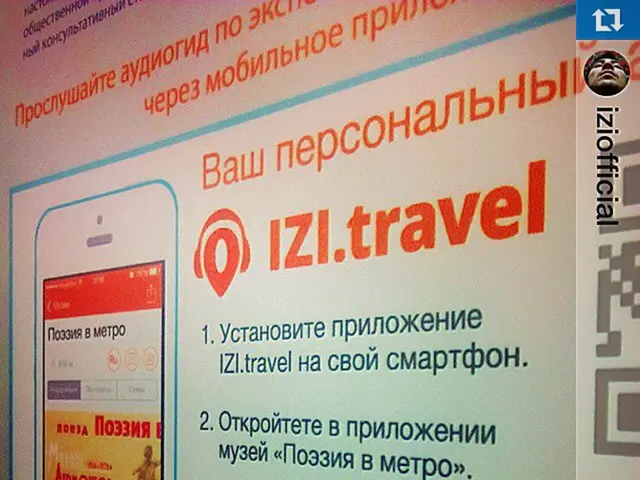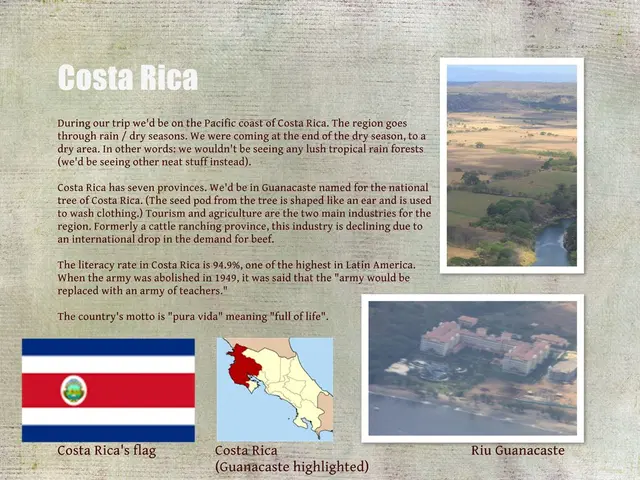U.S.-Style Fair Use Doctrine Gains Global Traction, Boosting AI Development
The U.S.-style fair use doctrine is making waves globally, appearing in two major trade agreements, CPTPP and RCEP, despite the U.S. not being a party to them. Meanwhile, discussions on text and data mining (TDM) exceptions are ongoing worldwide, fueling AI development.
AI's reliance on practices like fair use and TDM for large datasets is undeniable. The U.S., with its fair use policy, has led the way in AI innovation. Other countries are taking note. Singapore, for instance, has adopted both a specific TDM exemption and fair use, proving these models aren't mutually exclusive.
Conversations about TDM exceptions are happening globally, from WIPO to international trade agreements. The UK, Germany, France, and Spain have enacted TDM exceptions, facilitating AI development by allowing broader legal access to copyrighted works for training algorithms. However, while these exceptions enable access, they may not provide the necessary legal certainty or flexibility for AI development that a flexible copyright regime like fair use offers.
Our organization is celebrating Fair Use/Fair Dealing Week, highlighting the importance of these doctrines in AI development. As AI continues to evolve, so too must our copyright laws. The U.S.-style fair use doctrine, appearing in international agreements and adopted by countries like Singapore, offers a flexible, technology-neutral approach that could drive further innovation and benefit economies worldwide.







